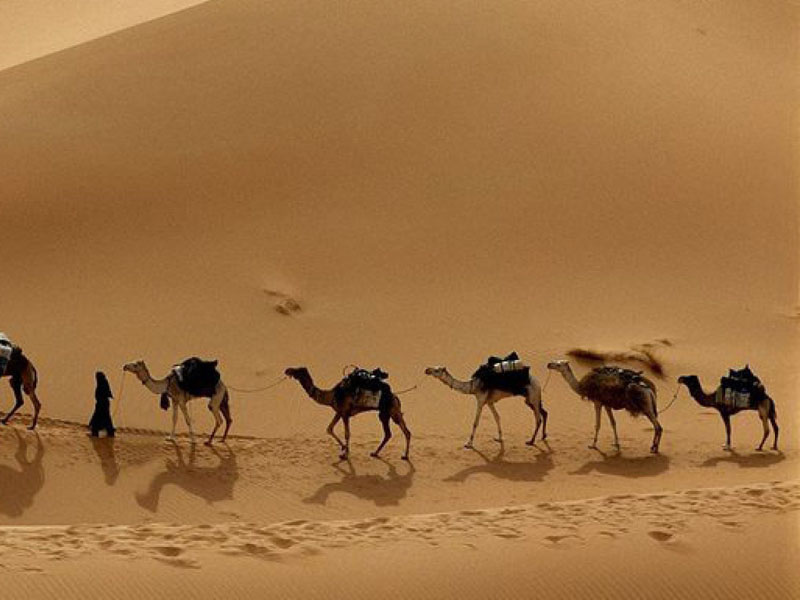Branding camels in Libya’s Bedouin areas: The example of the Tarhuna tribes
Issue 30

Mohammed Ali Abdullah Abdali Altarhuni
Libya
The brand is an old Arab way of marking animals such as camels and cattle. Libyan Bedouins refer to the brands as ‘Nar’ (fire) because the mark is as obvious as fire, and because the branding iron is heated in a fire before it is used to mark the animals. In Libya, branding is also referred to as ‘Mihwar’, a reference to the branding iron.

Brands serve specific purposes:
They help people to identify the tribe’s camels, cattle and goats because the animals mix together in the pasture. If an animal was lost or stolen, the brand helped people to identify it and restore it to its owner.
Tribes also used brands to identify their luggage when they travelled for trade. Libyan pilgrims would display their tribe’s brand on their luggage so that each tribe could identify its luggage.
Brands were also displayed on Libyan graves. In Aqil Cemetery in Benghazi, the grave of Sidi Bal Eid Al Faituri is marked with the letter ‘Lam Alif’ in Arabic.
The people of Ghadames branded camels, swords, daggers, luggage, and valuables, which they passed down from one generation to the next.
The brand distinguishes and identifies the tribe, so all old correspondence, treaties, agreements and land deeds were authenticated by the chieftain and stamped with the tribe’s brand; this made the documents official. The people of Ghadames and of Al Tawareq tribes used the brand in official dealings.
Desert tribes such as Al Tawareq and Al Ttabu used a castrated camel called ‘Al Zawzal’ to transport people. Al Zawzal was usually a Mahari (fast camel), and it was branded on its hip with 2 parallel lines (=).
The Bedouins would use branding - among other practices - to treat sick camels.







































































